The company provides expert consultancy services to commercial operators, and due diligence to investors, with a particular focus on mixed use, airports, travel, and retail property. The team help their clients by delivering expert services in commercial intelligence and quick wins; commercial strategy and vision; space planning and revenue forecasting; and investment advisory and due diligence.
绿色空间的重要些——为什么景观设计处于应对气候变化的前沿
景观设计和城市设计是通过气候变化适应和缓解措施应对气候变化影响的独特学科。
在今年的世界环境日,我们伦敦公司的景观设计董事Angus Palmer在刊登在最新一期《未来思维》(Future Thinking)杂志的这篇文章中谈到了为什么缓解气候变化是成功的景观设计和城市设计的关键驱动力。
前瞻思考
景观建筑师在应对或帮助扭转气候变化方面的作用
气候变化主要是由人类活动引起的。景观建筑师和城市设计师如何通过重塑空间和系统来改变人类行为,从而减少个人在城市中存在、居住或访问空间所产生的碳足迹呢?它不仅仅包括增加绿植、安装新的绿色基础设施,还可以考虑物质特性及其对上下游的影响。
我们需要的是应对气候变化的规模化想法,并确保针对不同的地方采取不同的方法。
我们的方法可以包括缓解和适应两个方面;
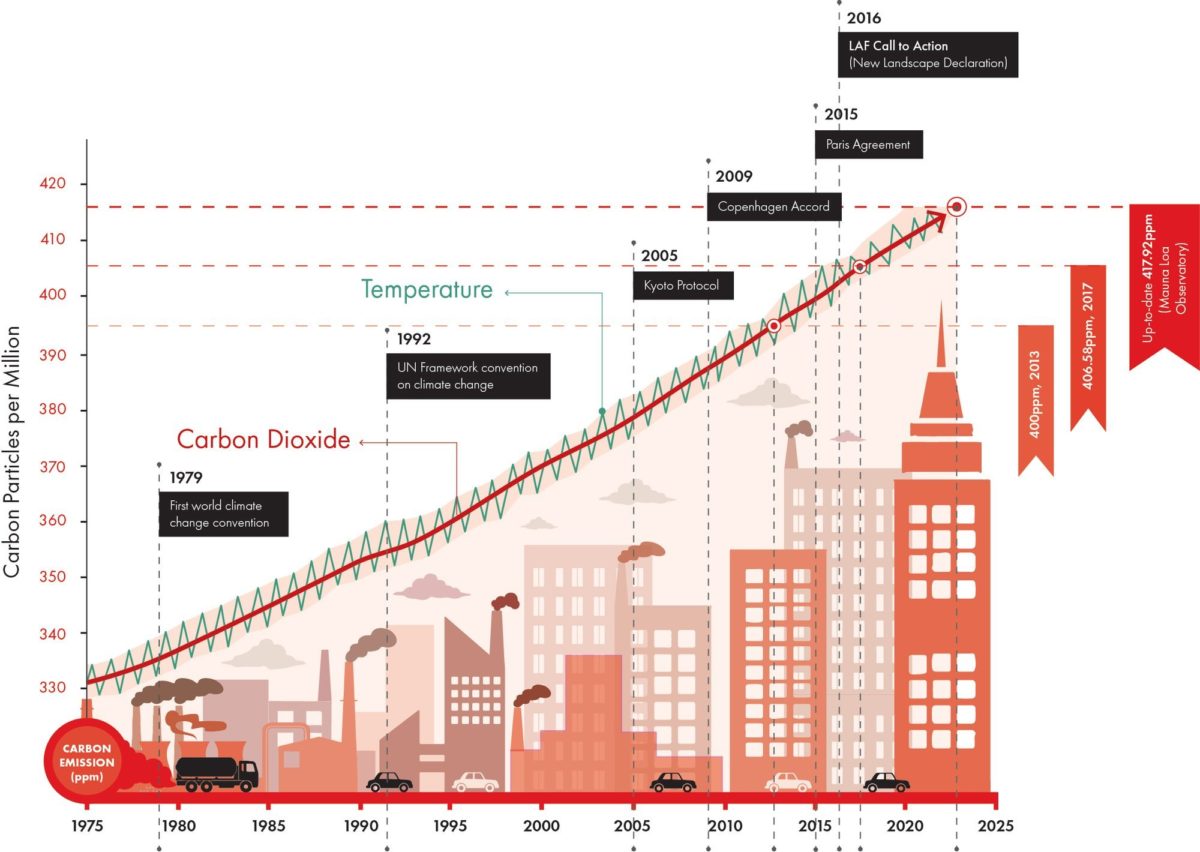
缓解
景观建筑师可以采取多种策略来帮助缓解气候变化。缓解是指通过降低大气中温室气体的浓度来减缓全球变暖。作为设计师,我们可以在不同的规模上实现这一点,并通过高效的设计引入和鼓励新的行为来实现。

绿植显然是最知名的缓解气候变化的景观建筑手段。植物是固碳的有力工具。为特定环境选择的植物类型、定位方式以及维护方式是决定不同景观实际碳封存潜力的重要组成部分。我们在设计植被时,考虑植被的传粉问题也非常重要。这样有助于保护我们的生态系统和物种。
合适且妥当的土壤管理是另一种有效的缓解措施。健康的土壤拥有强大的能力,它可以捕获和储存碳,因此,为了充分发挥土壤的这种潜力,我们必须对其进行照顾和管理。在大型自然空间和农业用地进行土壤修复可以去除大气中的碳,当然还可以增强抗旱能力。在农业中,健康土壤也相当于更健康的食物。目前,大规模土壤碳战略的实际实施滞后于其潜力。
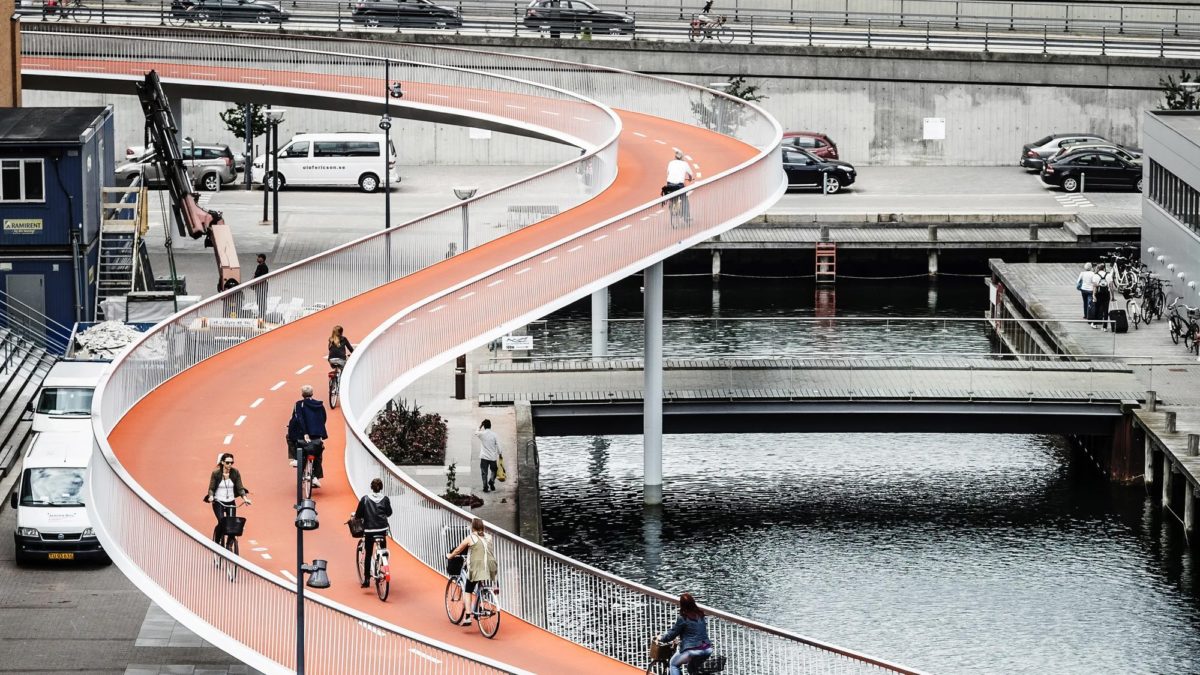
交通是空气污染和碳排放的主要原因;通常占城市碳排放量的三分之一以上在考虑大规模的想法和项目时,景观建筑师和城市设计师有能力与地方当局、客户和交通规划者合作,实现有效整合的可持续交通系统,其中还包括有效的微型交通网络以及更优越的步行道路网络。新的大规模交通系统也保护了市中心,开辟了新的城市社区,通常会消除不必要的机动交通,以创造更方便、更经得起未来考验和更宜居的地方。让人们摆脱私家车,转而使用其他交通方式,是城市实现净零目标不可或缺的一部分。
运行良好的交通工具它会成为城市中的积极体验,并帮助城市或社区提高经济生产力。自行车手和行人往往是其中最大的参与者。他们的出行体验对于人们在城市内是否获得积极体验至关重要。想必你也经常听人说从一个步行条件良好、自行车网络发达的城市回来,对这座城市的宜居性和参观的乐趣赞不绝口吧!
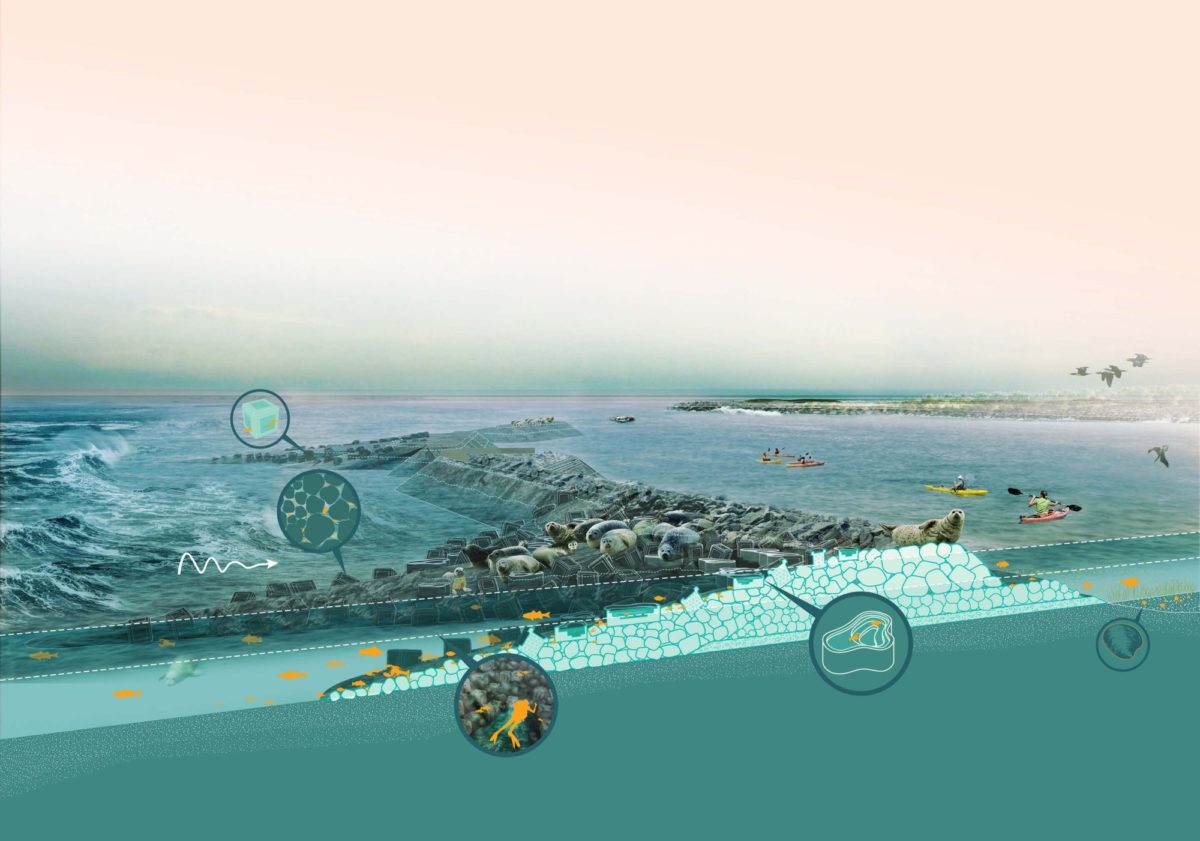
适应
气候变化已经到来。在全球范围内,我们正在经历强烈的洪水和降水事件、海平面上升、干旱和热浪等后果,并在未来几十年还将继续增加。
景观设计师可以通过多种方式帮助社区适应这些变化并加强韧性。
海洋变暖意味着会有更多的风暴,当风暴移动到更温暖的水域时,其强度增加,风力强度也同样增加。全球变暖以不可预测的方式重新定位降水;这也导致了更多的干旱和非季节性天气事件。
随着大气和海洋温度的持续升高,有效管理水资源将是一项重大挑战。沿海的极端降水事件凸显了人口稠密城市和弱势社区存在的风险。沿海洪水加上海平面上升将威胁到全球各地的社区。
在过去的十年里,我们看到美国的“设计重建”倡议出现了各种项目,其中一些项目目前正在建设中。这些项目包括防波堤系统,它也可以作为新的自然栖息地,展示了设计在保护沿海社区免受洪水侵袭方面可以发挥的独特作用,并为用墙壁、混凝土和沥青管理类似天气事件的传统尝试提供了一种令人兴奋的替代方案。
景观设计师在管理集水区和自然内陆水体附近的洪水威胁方面也发挥着关键作用。实际上,我们需要复制水文循环和日光雨水系统,这样做为我们创造新的河岸栖息地提供了机会。我们还需要更多基于自然的解决方案,使景观表面更具渗透性,并创建新的绿色基础设施来管理、减缓、渗透和衰减雨水径流。
我们需要与自然系统保持同步,把城市变成海绵。
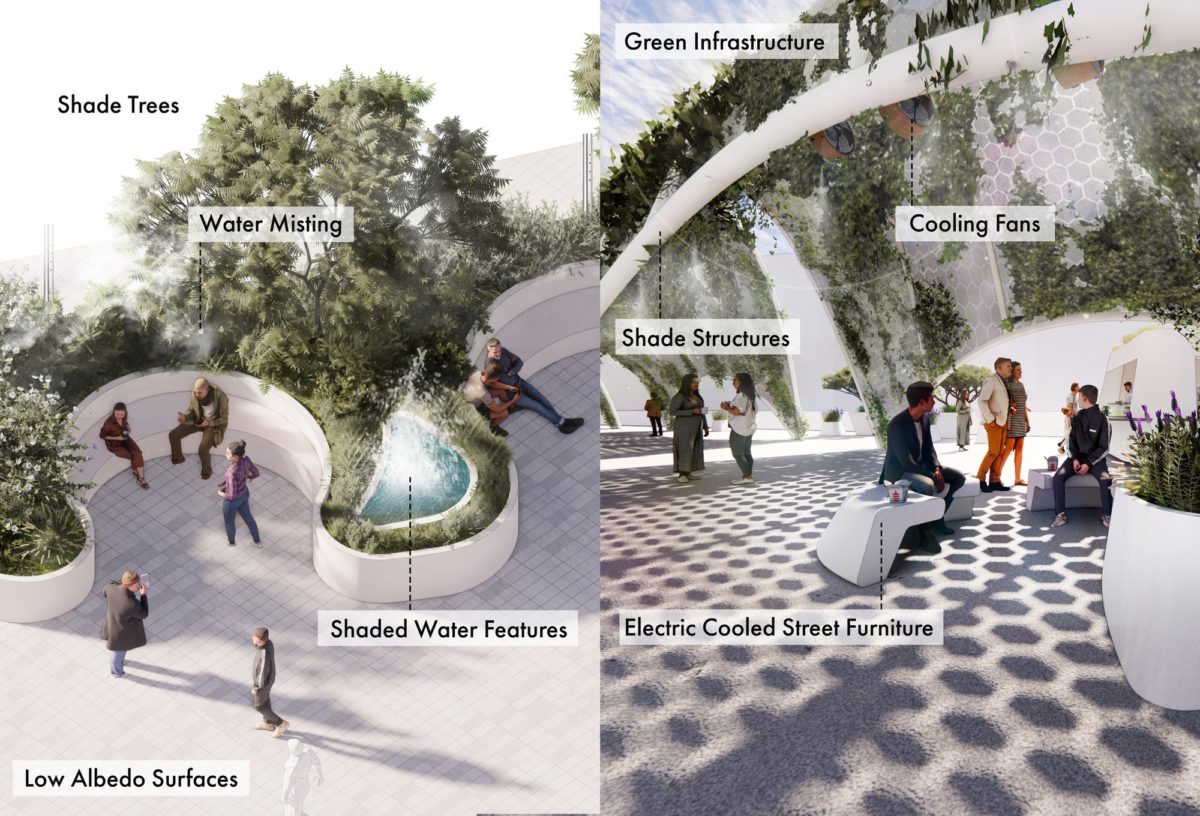
在过去的十年里,我们看到美国的“设计重建”倡议出现了各种项目,其中一些项目目前正在建设中。这些项目包括防波堤系统,它也可以作为新的自然栖息地,展示了设计在保护沿海社区免受洪水侵袭方面可以发挥的独特作用,并为用墙壁、混凝土和沥青管理类似天气事件的传统尝试提供了一种令人兴奋的替代方案。
景观设计师在管理集水区和自然内陆水体附近的洪水威胁方面也发挥着关键作用。实际上,我们需要复制水文循环和日光雨水系统,这样做为我们创造新的河岸栖息地提供了机会。我们还需要更多基于自然的解决方案,使景观表面更具渗透性,并创建新的绿色基础设施来管理、减缓、渗透和衰减雨水径流。
我们需要与自然系统保持同步,把城市变成海绵。
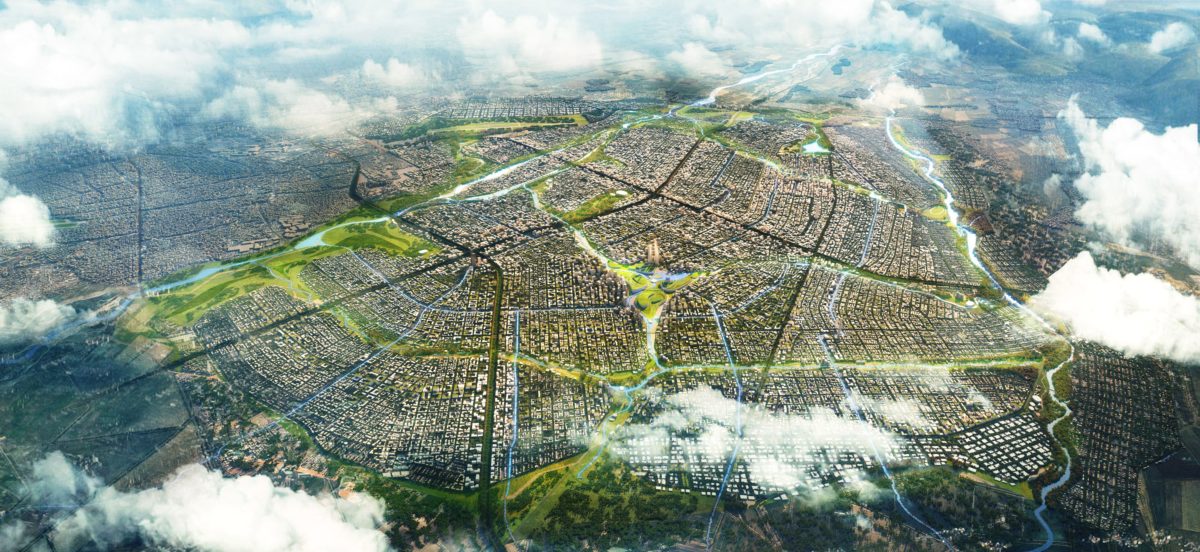
高温是地球平均表面温度变暖带来的另一个日益严重的威胁。高于正常水平的温度正变得越来越规律和广泛;给不习惯极端高温的社区带来风险。高温还延长了干旱,同时也增加了发生强烈和极端野火的风险,并在已经缺水的地区造成了更大的水分蒸发。
我们需要对城市热岛进行深入思考。可以实施多种策略来提高城市地区的热舒适性。采用遮阳系统、新的绿色基础设施、水冷系统和选择低反照率材料都会产生影响。结合这些策略可以将炎热城市空间的温度降低10°至12°摄氏度。
在过去十年中,由于季节变化、温度变化、新的降雨模式和极端天气事件,生物多样性大量丧失。除此之外,污染和一般环境破坏等其他人类活动也破坏了自然栖息地;意味着大量物种已经迁徙到新的地方寻求庇护。
大型项目和总体规划有可能成为野生动物的避风港,并为保护和创建脆弱物种的新生态基础设施提供了机会。我们需要采取一种整体方法,将生态置于设计的核心。它包括管理入侵物种、恢复湿地、保护关键自然水源和加强野生动物连通性的干预措施,同时还考虑改善公众的进出路径,使他们能够与自然相连。

总结
通过采用具有气候适应性的设计,如节水景观、城市绿地和可持续雨水管理系统,景观设计师可以为减少热岛效应、改善空气质量和增强整体环境弹性做出贡献。他们还可以与城市规划师、建筑设计师和政策制定者合作,创建具有气候意识的城市设计,优先考虑可持续性和适应性。
此外,景观设计有助于提高人们对保护自然生态系统重要性的认识,促进可持续的土地利用实践,并促进社区参与气候变化缓解和适应工作。
总体而言,景观设计融合了设计、生态和可持续原则的独特地位,使其成为应对气候变化挑战的宝贵职业。
参考文献
Columbia University Earth Institute
www.earth.columbia.edu
Landscape Architecture Foundation
www.lafoundation.org
NASA; Global Climate Change
www.climate.nasa.gov
The Climate Change Review, Ethan Olson, 2022
www.theclimatechangereview.com
The Landscape Institute, 2021
www.landscapeinstitute.org/blog/australian-landscape-architects-make-difference-climate-positive-design
United Nations Climate Change
www.unfccc.int/process-and-meetings/the-paris-agreement
图片来源
图 3; Dissing + Weitling, Bicycle Snake, Copenhagen.
图 4; SCAPE Landscape Architecture, 'Living Breakwaters', New York.
图 7; PNAS









